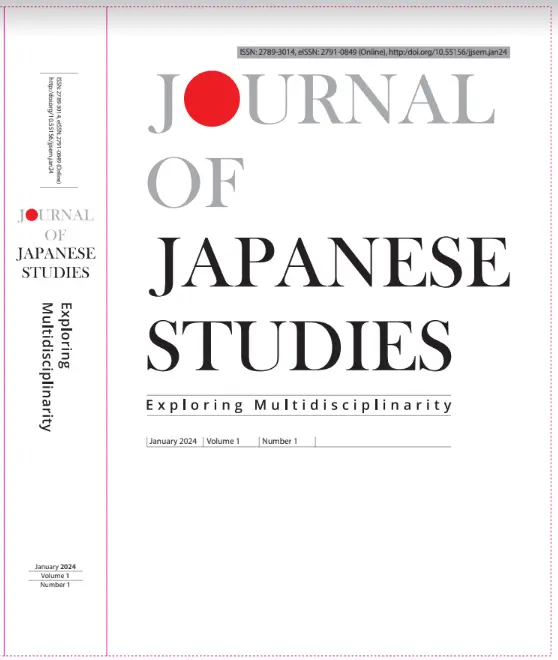
ISSN: 2789-3014
eISSN: 2791-0849 (Online)
Gender Inequality in the Labour Force: A Comparative Study between Japan and Bangladesh
Abid Ahmad and Shiblee Noman
DOI : http://doi.org/10.55156/jjsem.jan2407
Journal of Japanese Studies: Exploring Multidisciplinarity
Volume 1, Number 1, January 2024
Abstract
This study examines the trend, nature and underlying reasons for gender inequality in Japan and Bangladesh’s labour force. Content analysis has been undertaken to explore inequality using primary databases like the Statistics Bureau of Japan, Labor Force Survey 2017 of Bangladesh, Global Gender Gap Report 2023, and World Bank 2022. The data of this comparative study has been analysed using the “Feminist theory”. The findings reveal that males and females in both countries have equal employment rates across the industries. However, the wage gap in Japan is 22.1 percent, and Bangladesh has a narrow wage gap of 8.1 percent. The presence of gender inequality can be confirmed by the high rate of women’s employment in the agriculture sector in Bangladesh, even after having a high enrolment rate in secondary and tertiary education. At the same time, most Japanese women are employed in the service sector, which offers irregular or part-time jobs with minimum financial benefits. However, factors influencing the inequality of the workforce are similar in Japan and Bangladesh. Both countries’ unfavourable organisational and social structures have been identified as significant elements of inequality. This study suggests merging other aspects of gender inequality and exploring the impact of COVID-19 on the workforce of Japan and Bangladesh.
Keywords: Gender inequality, Labour market, Japan, Bangladesh, Employment
Notes on Contributor
Department of Japanese Studies, University of Dhaka, E-mail: abidahmad0025@gmail.com
Department of Japanese Studies, University of Dhaka, E-mail: shibleenoman.djs@du.ac.bd
